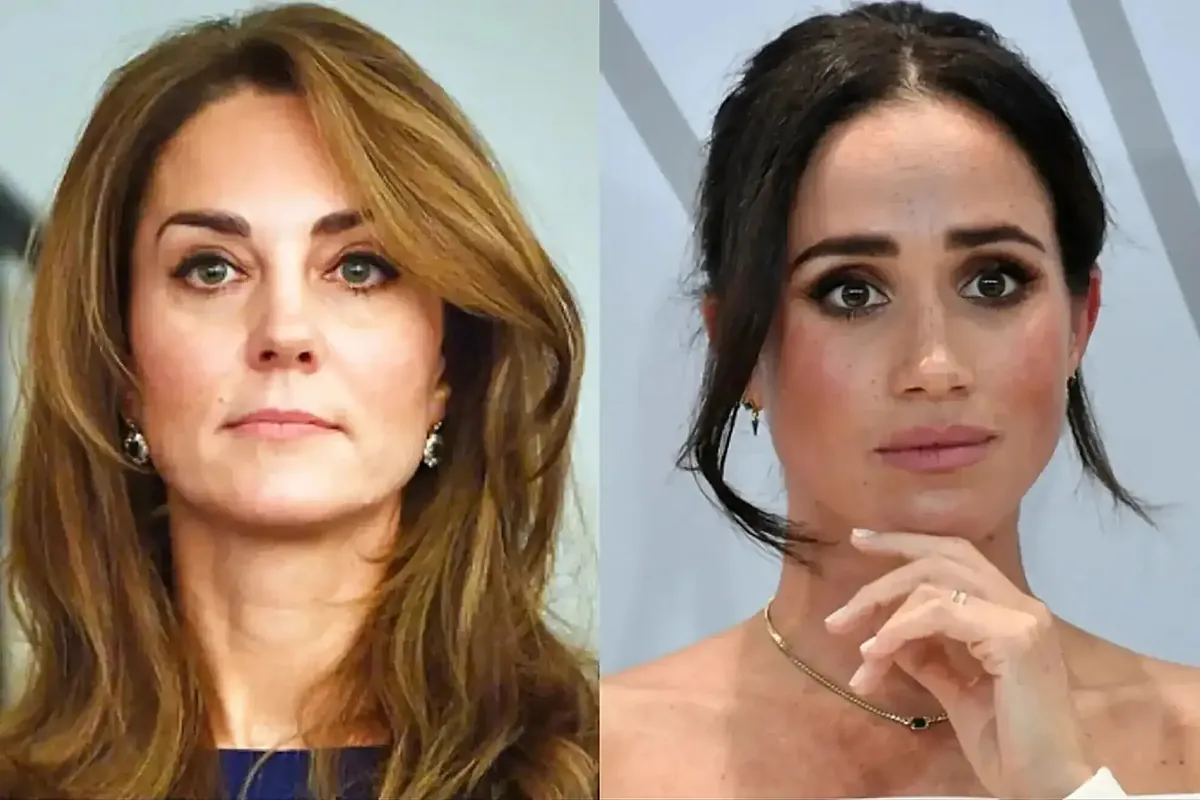

When Kate Middleton and Meghan Markle married into the British Royal Family, they faced numerous challenges, despite coming from very different backgrounds.
Both women, hailing from middle-class families, experienced criticism and skepticism from courtiers who were accustomed to the aristocratic norms of royal life. However, according to royal insiders, their approaches to handling these challenges were markedly different, with Kate displaying a level of adaptability and understanding that Meghan struggled to match.
A different approach to royal expectations
Kate’s transition to royal life is often regarded as smoother than Meghan’s, due to her more careful and respectful approach to the institution.
According to former Kensington Palace staff, Kate was always open to accepting advice, whether from junior staff or seasoned courtiers, even when some were initially dismissive of her background. She saw these interactions not as a sign of being “pushed around,” but as an essential part of adapting to the royal role.
In contrast, Meghan, while equally confident, exhibited a “Meghan-knows-best” attitude that frustrated some of the royal staff. A former staffer described Meghan as more determined to take charge in meetings, eager to shape the agenda rather than learn about the royal family through the process.
This assertiveness, while admirable, sometimes clashed with the traditional, consensus-driven nature of the royal institution, which has been in existence for over a thousand years.
Meghan’s ‘Messiah Complex’ and struggles with palace protocol
One of the key differences in their royal journeys was Meghan’s ambition to make a significant impact. Some sources claim that Meghan viewed herself as someone who could pick up where Princess Diana left off, with a desire to become the most beloved and well-known member of the royal family.
However, this drive often led to tension behind the scenes. Meghan reportedly felt frustrated with the constraints of royal life, believing that her approach to charity work-one that was part-time and driven by her own vision-was the way forward. This perspective was at odds with the more structured and traditional expectations of the Palace.
Despite having the support of key royal figures, including Sophie, Duchess of Edinburgh, and Lady Susan Hussey, who were assigned to help her adjust, Meghan reportedly rejected their guidance.
This led to a growing divide within the royal staff, with some admiring Meghan’s enthusiasm for change, while others found her disregard for tradition problematic. Staff were also divided over her close relationship with a junior staff member, which senior royals deemed inappropriate.
As Meghan’s transition into royal life continued, the Palace atmosphere became increasingly tense, characterized by gossip, backbiting, and conflicting loyalties. Unlike Kate, whose careful approach to royal life helped her win the respect of the staff, Meghan’s “feisty” and “change-hungry” nature caused more friction than cooperation.
In the end, both women faced the pressure of adjusting to the rigid expectations of royal life. While Meghan’s journey was marked by a desire for change and self-definition, Kate’s measured, adaptable approach allowed her to navigate the challenges with greater success.
This news was originally published on this post .








Be the first to leave a comment